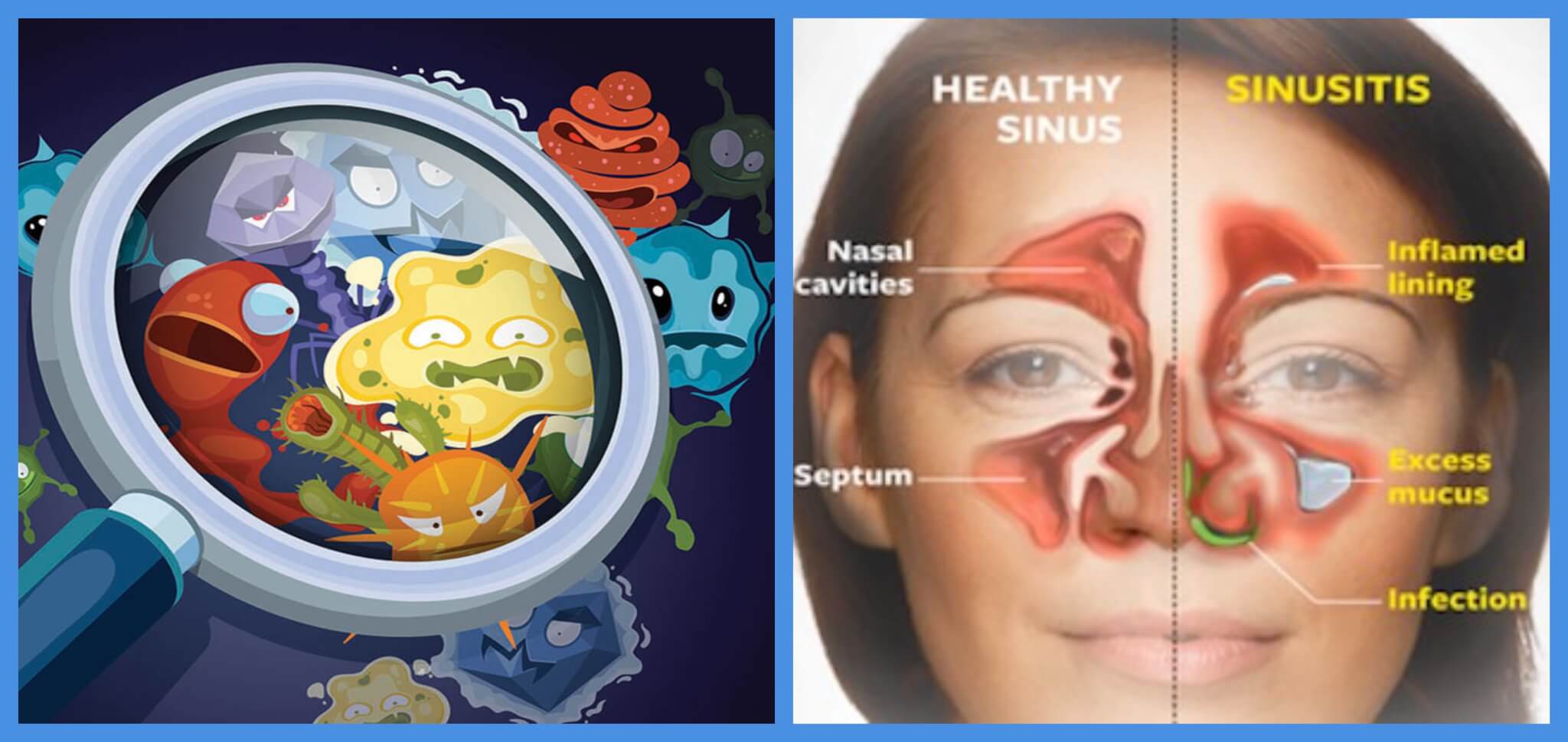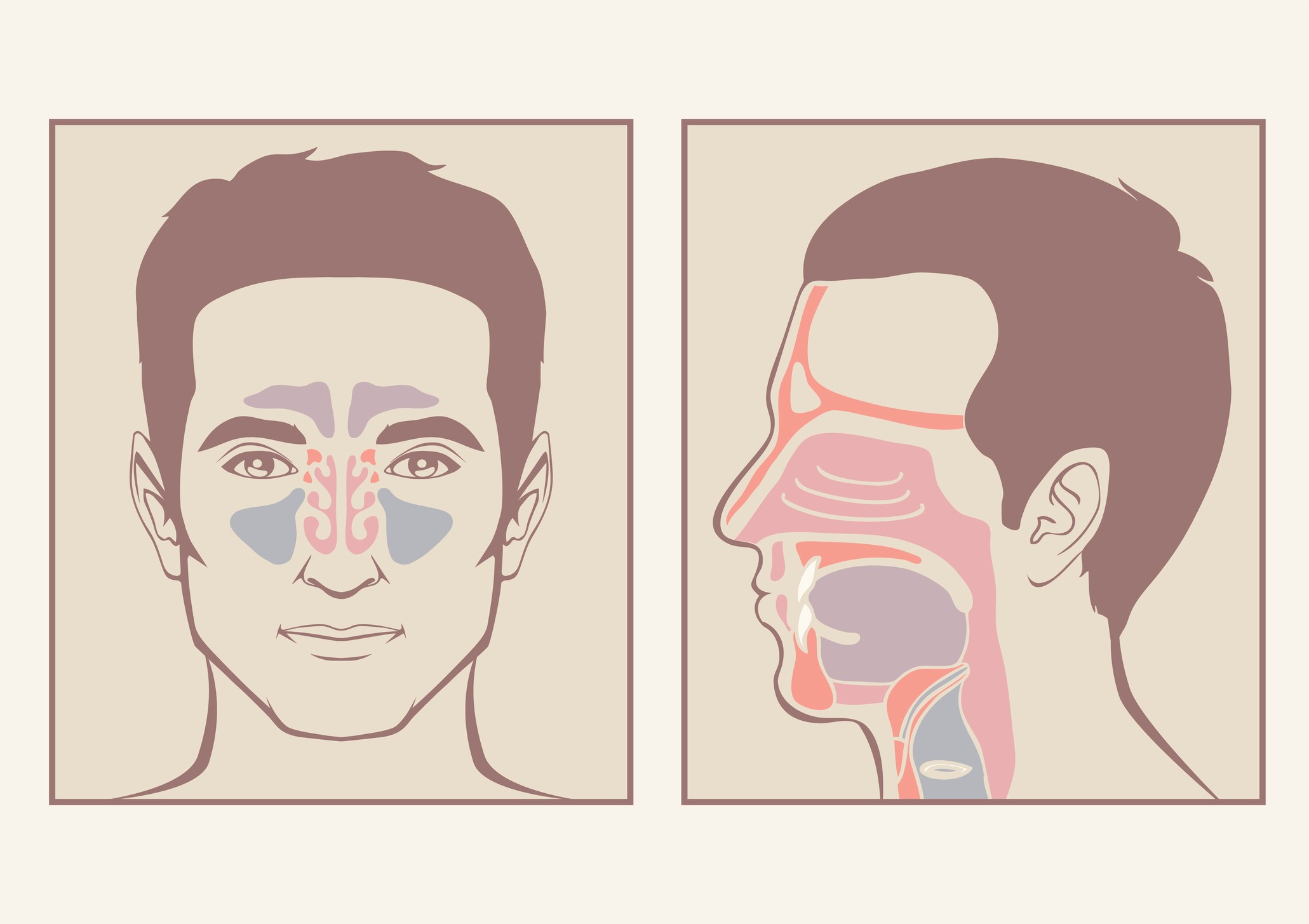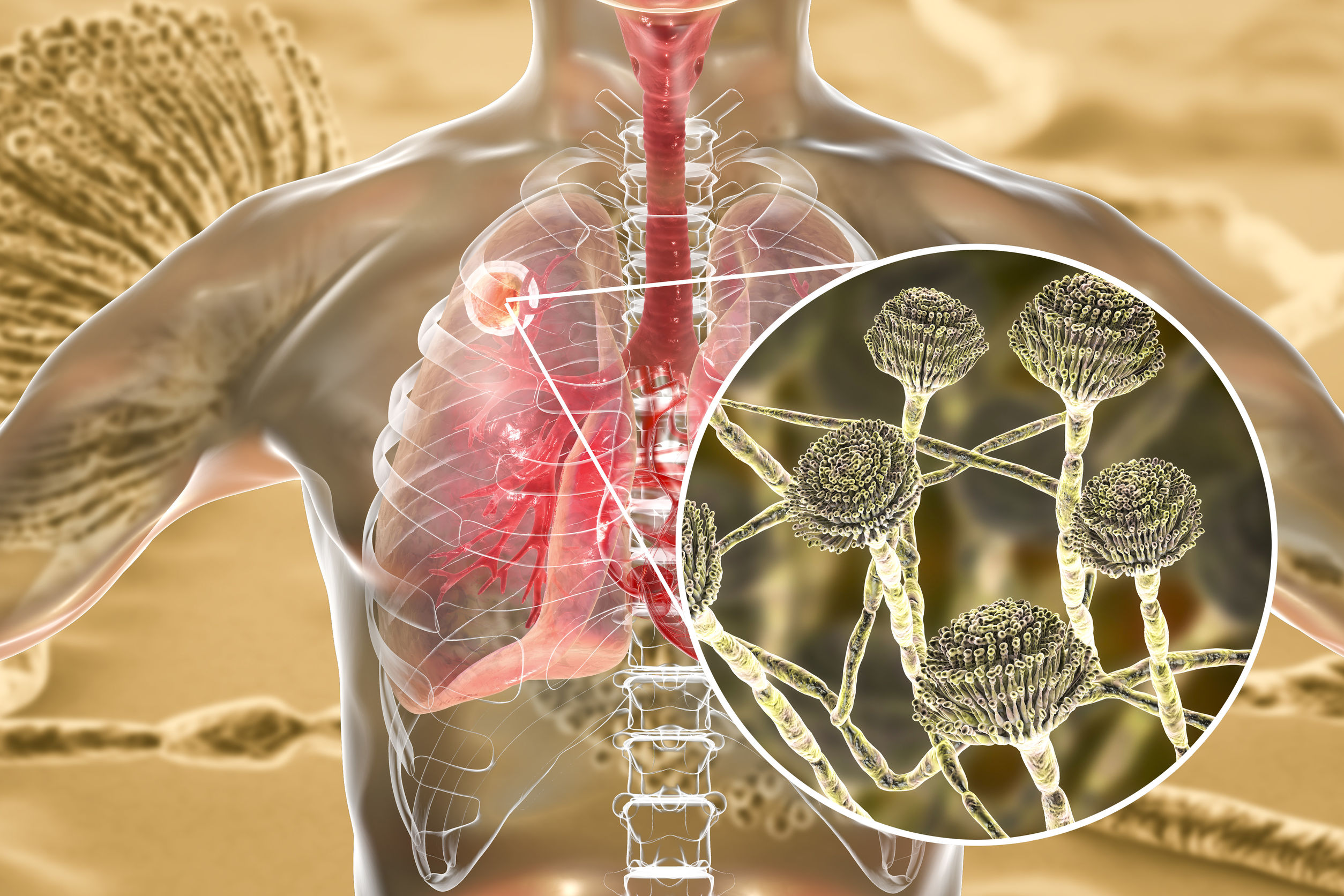Sinus infections are a common ailment that can cause discomfort and disrupt daily life for many people. One often overlooked culprit in the development of sinus infections is mold. Mold is a type of fungus that thrives in damp and humid environments, making it a common presence in homes, offices, and other indoor spaces. When mold spores are inhaled, they can trigger allergic reactions and inflammation in the sinuses, leading to symptoms such as congestion, facial pain, and sinus pressure.
Understanding the connection between mold exposure and sinus infections is essential for effectively managing and preventing these recurring health issues. In this article, we will explore the relationship between mold and sinus infections, the symptoms to watch out for, and the steps you can take to minimize your exposure to mold in order to improve your sinus health.
Introduction to Mold and Sinus Infections

Sinus infections are a common health issue that many people struggle with, but what many may not realize is that mold can be a significant contributing factor. Mold spores are everywhere, and when they are inhaled, they can trigger an immune response in some individuals, leading to inflammation and congestion in the sinuses. This can create the perfect environment for bacteria to grow and cause a sinus infection.
Understanding the connection between mold and sinus infections is crucial for those who suffer from chronic sinus issues, as addressing the mold problem may be key to finding relief. In this article, we will explore how mold can impact sinus health and what steps can be taken to minimize exposure and reduce the risk of sinus infections.
Understanding How Mold Can Cause Sinus Infections

When it comes to understanding how mold can cause sinus infections, its important to consider the way in which mold spores can easily become airborne and be inhaled through the nose or mouth. Once inside the nasal passages, these spores can trigger an immune response, leading to inflammation and swelling of the sinus tissues.
This inflammation can then block the sinuses and cause a buildup of mucus, creating a perfect environment for bacteria to grow and cause an infection. In addition, mold spores can also produce mycotoxins, which are toxic substances that can further irritate the sinus passages and weaken the immune system. Therefore, its essential to address any mold issues in your home to reduce the risk of sinus infections.
Symptoms of Mold-Induced Sinus Infections

When it comes to mold-induced sinus infections, there are several symptoms to watch out for. These may include nasal congestion, facial pain or pressure, headache, postnasal drip, cough, and fatigue. In some cases, individuals may also experience a decreased sense of smell, sore throat, and even a fever.
It’s important to pay attention to these symptoms and seek medical advice if they persist or worsen, as mold exposure can exacerbate sinus issues and lead to chronic sinus infections if left untreated. Overall, recognizing the signs of a mold-induced sinus infection is essential for effective treatment and prevention of further complications.
Conclusion
In conclusion, the relationship between mold exposure and sinus infections cannot be underestimated. Mold spores can trigger allergic reactions and worsen pre-existing sinus conditions, leading to chronic sinus infections. It is crucial to address any mold issues in the home or workplace promptly to reduce the risk of sinus infections.
Consulting a mold expert can help identify and eliminate sources of mold growth, ultimately promoting better respiratory health and overall well-being. By taking proactive measures to mitigate mold exposure, individuals can safeguard themselves against sinus infections and other health complications associated with mold.




